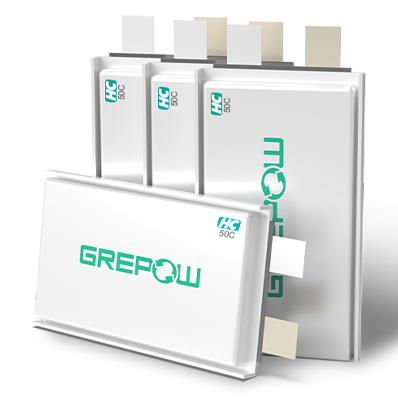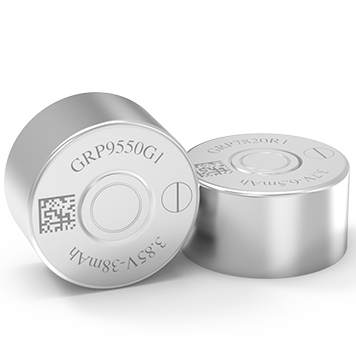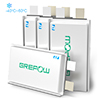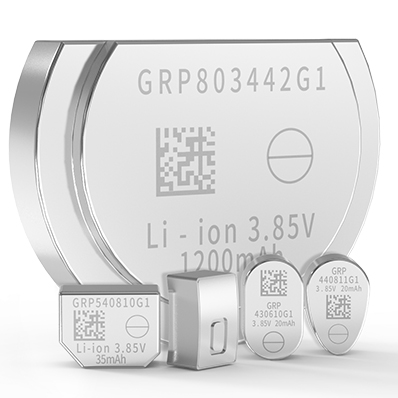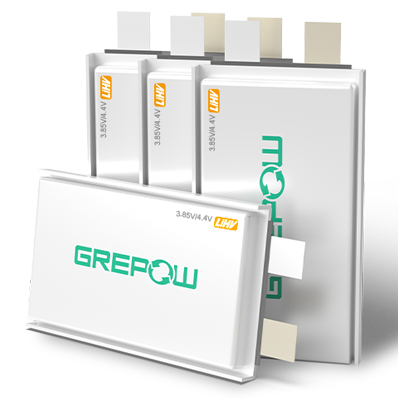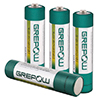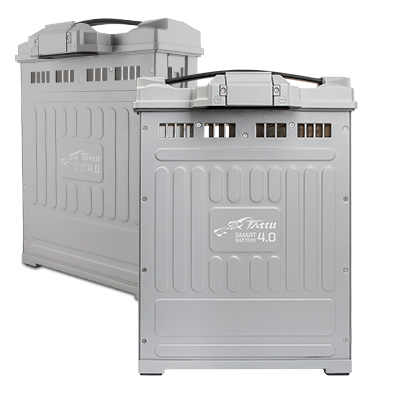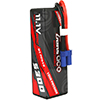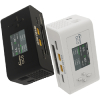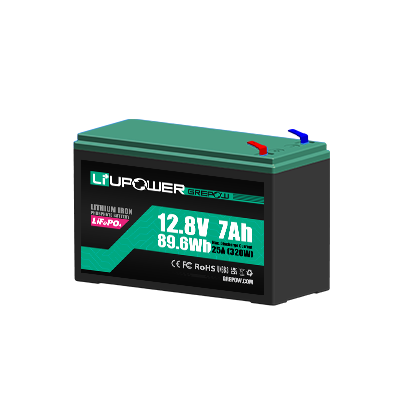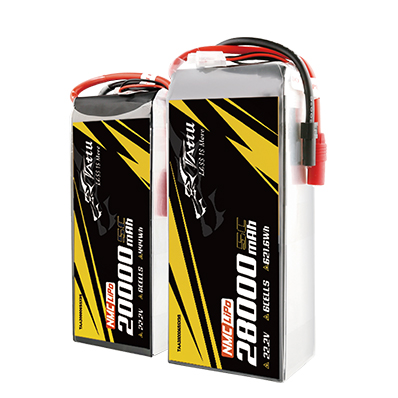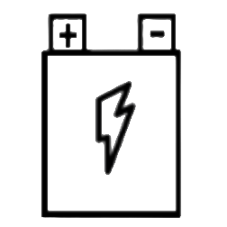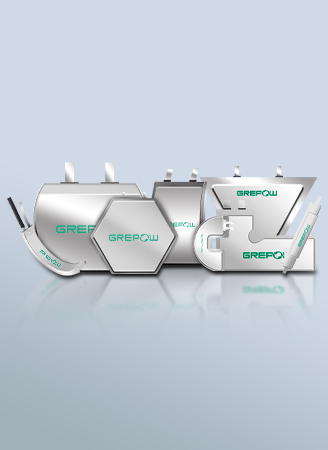What Is an Inspection Drone?
In today's era of digital transformation and automation, inspection drones have emerged as indispensable tools across industries. Their ability to perform detailed inspections safely, efficiently, and cost-effectively makes them invaluable for sectors ranging from telecommunications to oil and gas, utilities, construction, and renewable energy. This article delves deep into the subject of inspection drones, exploring what they are, how they work, their technical components, applications, legal considerations, and how to optimize their performance—especially through battery selection.
What is an inspection drone?
An inspection drone is an unmanned aerial vehicle (UAV) equipped with cameras, sensors, or specialized tools to assess infrastructure, equipment, or environments. Unlike recreational drones, inspection drones often feature enhanced stability, longer flight times, advanced navigation capabilities, and the capacity to carry a variety of sophisticated sensors tailored to specific inspection needs. These drones enable professionals to gather high-resolution data, identify defects, and monitor assets without requiring physical access. Industries such as energy, telecommunications, construction, and utilities rely on inspection drones to enhance safety, reduce costs, and improve accuracy.
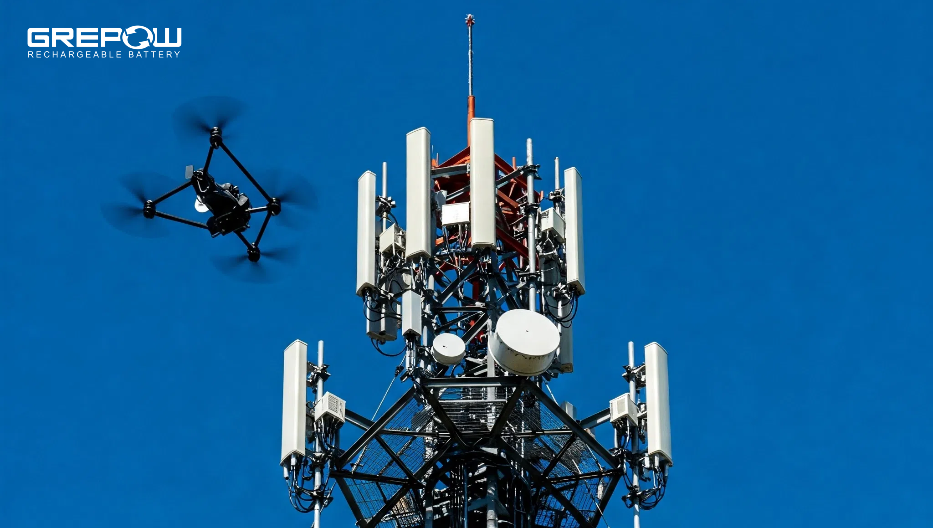
What is the drone inspection process?
The process involves five key stages:
●Pre-Flight Planning: Define objectives, select sensors, map flight paths, and check weather/regulatory compliance.
●Autonomous or Manual Flight: Drones capture images/videos using predefined routes or live piloting.
●Data Collection: Sensors record thermal, visual, or LiDAR data.
●Analysis: Software like Pix4D or DroneDeck processes data into 3D models, heatmaps, or reports.
●Maintenance & Reporting: Act on insights to repair or maintain infrastructure and document findings.
What cameras or sensors do inspection drones use?
Inspection drones utilize a range of cameras and sensors depending on the specific requirements of the inspection:
●High-Resolution RGB Cameras: Standard visual cameras capturing still images and video in the visible spectrum. These are essential for general visual inspections, documenting the surface condition of assets, identifying visible damage, and providing context.
●Thermal Cameras: These sensors detect infrared radiation (heat) and are used to identify temperature differences. Thermal imaging is invaluable for detecting issues such as electrical faults (overheating components), insulation deficiencies, water leaks (evaporative cooling), and anomalies in pipelines or storage tanks.
●LiDAR (Light Detection and Ranging) Sensors: LiDAR uses laser pulses to measure distances and create highly accurate 3D point clouds of the inspected asset and its surroundings. This data is used for detailed mapping, creating digital twins, analyzing structural integrity, and identifying subtle deformations or changes over time.
●Multispectral and Hyperspectral Sensors: These advanced sensors capture imagery across multiple specific light wavelengths, including those beyond the visible spectrum. They are particularly useful in agricultural and environmental inspections for assessing plant health, identifying pest infestations, and monitoring water quality. In industrial settings, they can potentially be used to identify material properties or chemical leaks.
●Gas Detection Sensors: Specialized sensors that can detect the presence and concentration of various gases, crucial for inspections in the oil and gas industry or around landfills and industrial plants to identify leaks.
How long can inspection drones fly, and what is their range?
The flight time and range of inspection drones vary significantly depending on the drone model, battery capacity, payload weight, and environmental conditions (like wind).
Smaller, more portable drones may have flight times ranging from 20 to 30 minutes per battery. Larger, more professional-grade inspection platforms designed to carry heavier payloads often offer longer flight times, typically between 30 minutes and an hour or more with specialized battery configurations or by swapping batteries during an inspection. Vertical Take-Off and Landing (VTOL) drones can have significantly longer endurance, sometimes several hours.
Many professional inspection drones offer a transmission range of several kilometers, often up to 7-15 km (4-9 miles). However, regulations in many regions require pilots to maintain visual line of sight with the drone unless a specific waiver is obtained, which practically limits the operational range to what the pilot can see. Beyond Visual Line of Sight (BVLOS) operations, which allow for much greater range, require specific regulatory approval and are typically conducted by experienced operators for large-scale infrastructure inspections.
What types of inspections can drones perform?
Inspection drones are versatile tools used for:
●Telecom tower inspections
●Oil and gas pipeline monitoring
●Utility and power line inspections
●Roof inspections for residential or commercial buildings
●Infrastructure and bridge monitoring
●Solar panel inspections
●Renewable Energy Inspection
What Is Telecom Tower Drone Inspection?
Telecom tower drone inspection involves using UAVs to assess antennas, cables, and structural components of cell towers. Drones can safely navigate complex tower structures, capturing high-resolution imagery to detect damage, rust, loose cables, or misalignments—reducing inspection time from hours to minutes.
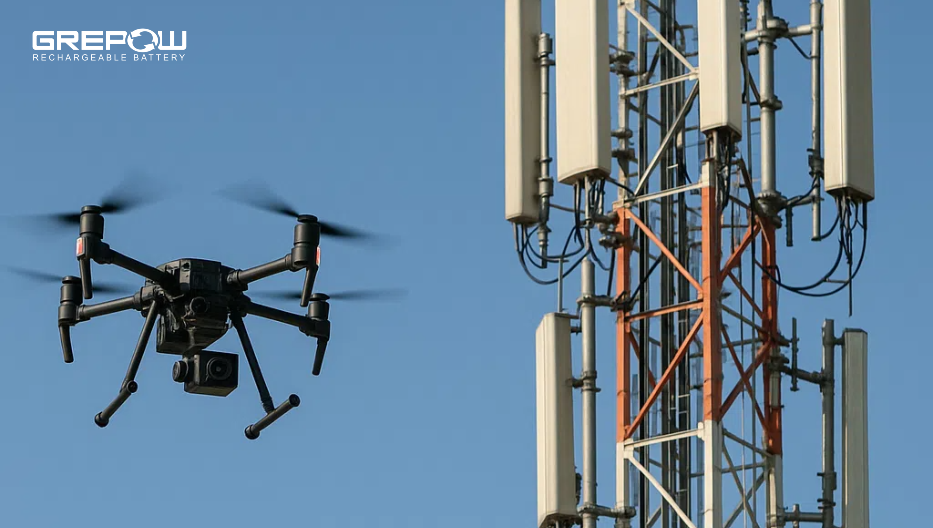
What Is Oil and Gas Drone Inspection?
In the oil and gas industry, drones inspect pipelines, storage tanks, flares, and offshore platforms. Equipped with thermal and gas sensors, they detect leaks, corrosion, and temperature anomalies without risking human lives in dangerous environments.
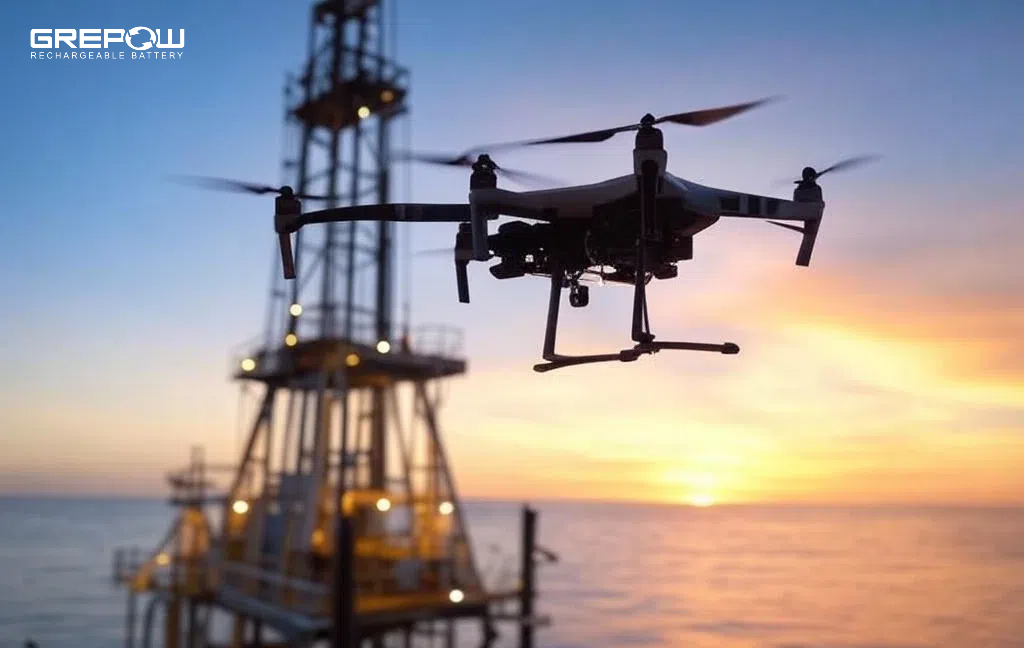
What Is Utility Drone Inspection?
Utility drones inspect power lines, transformers, substations, and grid infrastructure. With zoom and thermal imaging, they can identify overheating, vegetation encroachment, or line sagging—helping to prevent outages and improve maintenance scheduling.
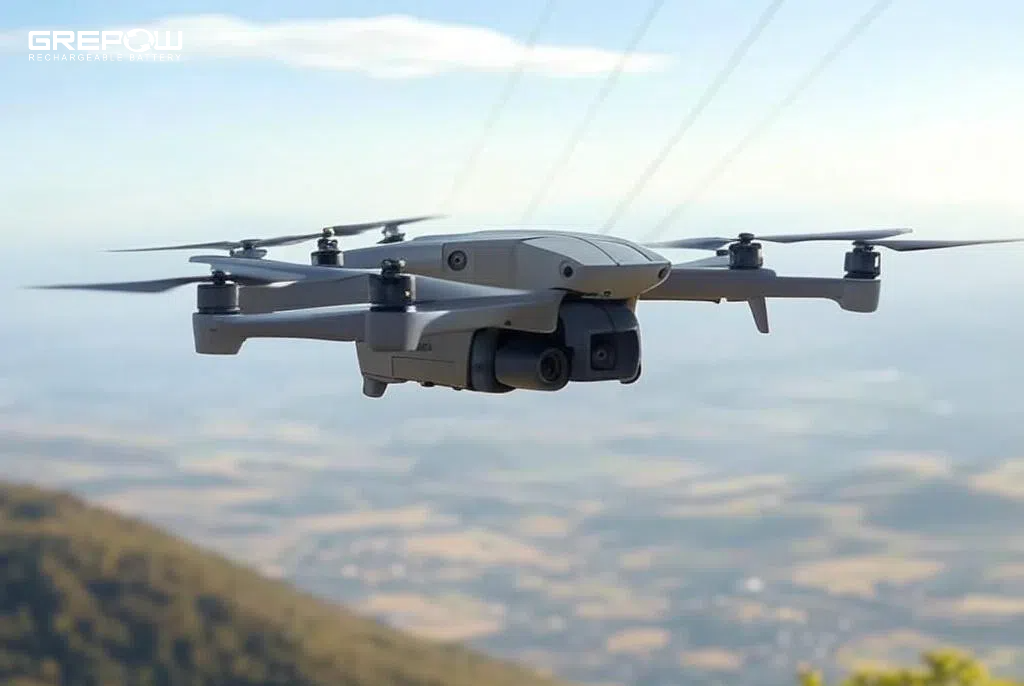
What is drone for solar panel inspection?
Drones inspect solar panels using thermal and visual imaging to detect defects such as hot spots, cracks, or dirt accumulation. This enables timely maintenance to optimize energy efficiency and extend panel lifespan.

What Is Drone Infrastructure Inspection?
Drone infrastructure inspection covers bridges, highways, railways, dams, tunnels, and stadiums. UAVs can capture detailed imagery and 3D models, allowing engineers to analyze cracks, corrosion, or stress without needing scaffolding or traffic closures.
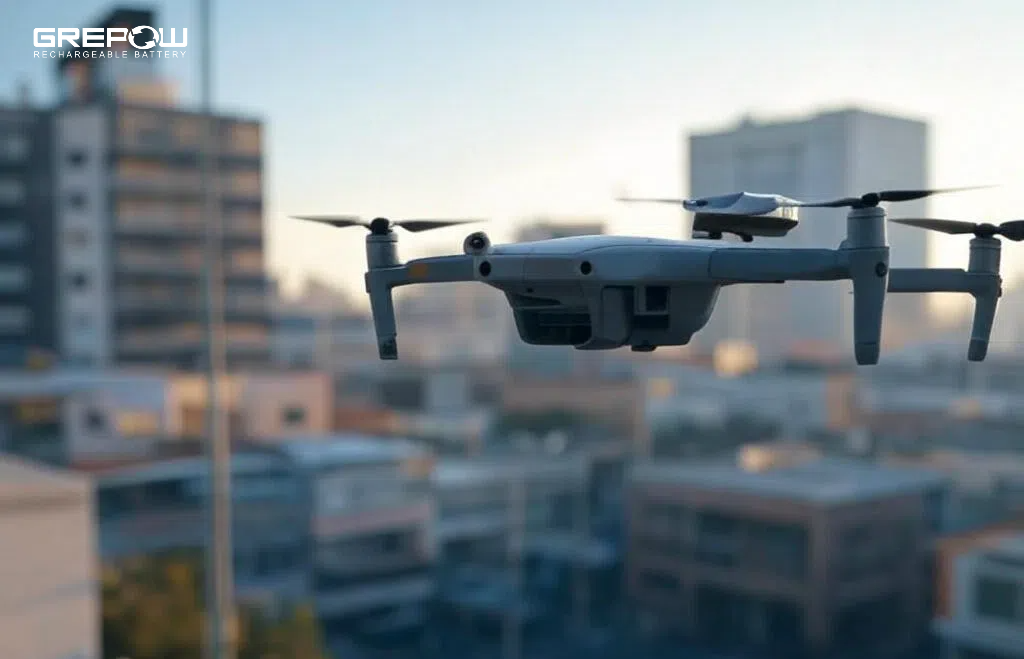
What Is Drone Roof Inspection?
Drone roof inspections are used in real estate, insurance, and construction to assess roof condition, damage, or installation quality. They are particularly effective after storms or before purchasing a property.
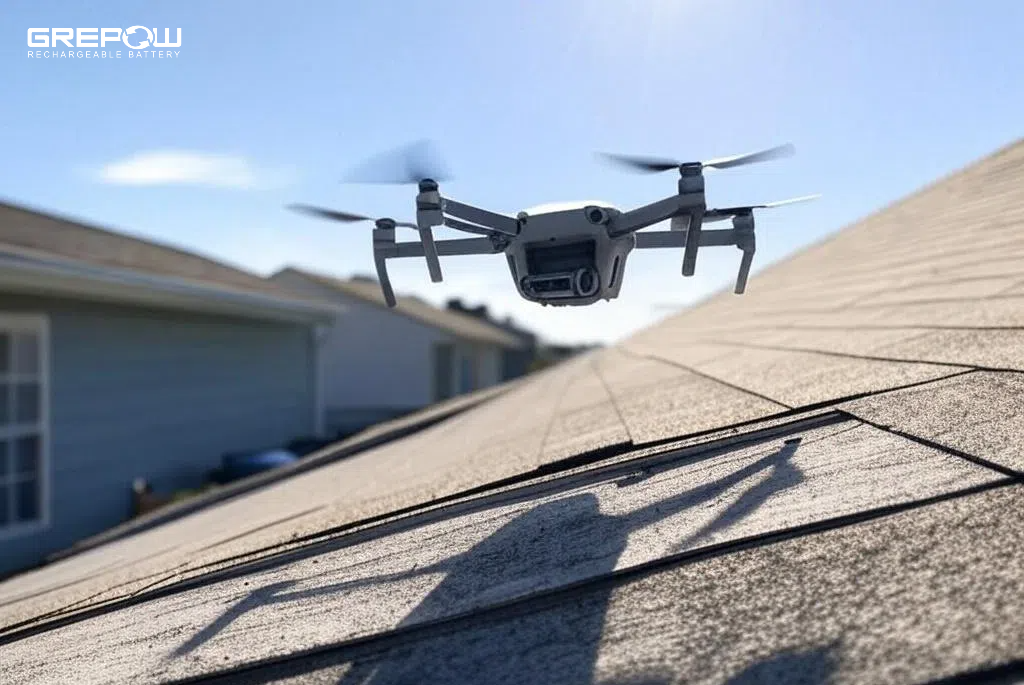
How much does a drone roof inspection cost?
The cost of drone roof inspections varies by property size and complexity. Residential inspections typically range from $150 to $400, while commercial or larger properties may cost more depending on inspection scope and reporting requirements.
Do I Need a License to Inspect Roofs with a Drone?
Yes. In most countries, including the U.S., a drone pilot must hold a commercial drone license (e.g., FAA Part 107 in the U.S.) to legally conduct inspections for commercial purposes.
What are the benefits of using drones for inspection?
Increased Safety: Eliminates need for climbers or scaffolding.
●Cost-Effective: Reduces labor, downtime, and equipment costs.
●Time-Efficient: Inspections completed in minutes instead of hours or days.
●High Accuracy: Delivers high-resolution data with geotagging.
●Access to Difficult Areas: Easily inspects tall or hazardous structures.
●Data Integration: Compatible with AI software, GIS, and digital twins.
How to choose batteries for an inspection drone?
Choosing the right battery for an inspection drone depends heavily on the specific application, flight time requirements, drone design, and power needs. Real-life usage scenarios illustrate how these factors influence battery selection to optimize performance, safety, and efficiency.
Key Factors in Choosing Batteries for Inspection Drones
1. Battery Voltage (V) and Motor Compatibility
The battery voltage must match the drone motor’s rated voltage to ensure proper power delivery and avoid damage. Higher voltage batteries allow motors to spin faster and lift heavier payloads but may increase power consumption and reduce flight time if not balanced correctly. For example:
6S batteries (22.2V nominal) provide higher power output for heavier drones or those carrying multiple sensors.
12S batteries (44.4V nominal) are used in very high-power applications.
2. Battery Capacity (mAh) and Flight Time
Capacity, measured in milliamp-hours (mAh), directly affects how long the drone can fly. However, higher capacity batteries are heavier, which can reduce overall flight efficiency, so a balance between capacity and weight is essential.
Long-duration inspections (e.g., large infrastructure or solar farm surveys) require high-capacity batteries (10000 mAh, 20000 mAh or more) to maximize flight time and reduce battery swaps.
Shorter, high-intensity flights (e.g., telecom tower inspections requiring agility and speed) may use moderate capacity batteries (4000–6000 mAh) with higher discharge rates.
3. Discharge Rate (C Rating) and Current Draw
The C rating indicates how quickly a battery can safely discharge curren. For example, a drone with four motors each drawing 25A max needs a battery that can safely supply at least 100A continuously6.
High C ratings (25C and above) are suitable for drones requiring bursts of power, such as racing drones or those performing rapid maneuvers during inspections.
Moderate C ratings (15C–20C) are better for endurance-focused drones like those used in aerial photography or long-range surveys.
4. Weight and Size Constraints
Battery weight impacts drone agility and flight time. Inspection drones carrying heavy payloads (cameras, LiDAR, thermal sensors) must carefully balance battery size to avoid excessive weight that drains power quickly.
5. Connector Type
While seemingly minor, the battery connector must be compatible with the drone and your charging equipment. Using incompatible connectors is unsafe and can damage equipment. Many professional drones use robust connectors like XT60, XT90, or AS150, designed to handle high current draw.
6.Battery Management System (BMS)
Many modern intelligent drone batteries include a built-in BMS that provides real-time data on battery status, including voltage, temperature, and remaining capacity. This information is crucial for safe operation and accurate flight planning.
Inspection Type | Battery Voltage | Capacity (mAh) | Notes |
Telecom Tower | 6S-12 (22.2V-44.4V) | 6,000–10,000 | Balance power & endurance for 3D imaging |
Oil & Gas Pipeline | 4S–6S (14.8–22.2V) | 10,000–20,000 | Long flight time, steady flight paths |
Utility Powerline | 4S–6S (14.8–22.2V) | 5,000–8,000 | Agile flight, bursts of power |
Roof Inspection | 4S (14.8V) | 4,000–6,000 | Lightweight, short missions |
Solar Panel | 4S–6S (14.8–22.2V) | 10,000+ | Long endurance, efficient power usage |
Conclusion
Inspection drones are transforming industries by merging cutting-edge technology with practical problem-solving. From telecom towers to solar farms, their ability to deliver precise, actionable data while keeping workers safe makes them indispensable. With the right payloads, proper licensing, and high-performance batteries, inspection drones unlock a safer, smarter way to maintain the world's critical infrastructure. As a global leading UAV battery manufacturer, Grepow offers 4S-24S high energy density semi-solid-state batteries and 4.45V ultra-high-voltage batteries for all kinds of inspection drone applications. If you have any questions or needs for our Inspection Drone Battery Solutions, please feel free to contact us at info@grepow.com.
Related Articles
-
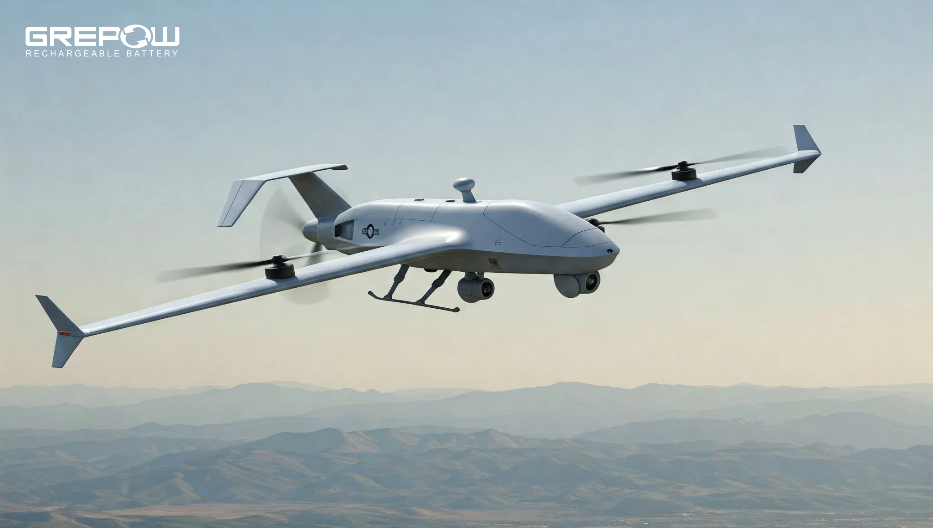
What Is a Long Endurance Drone?
2025-04-16 -
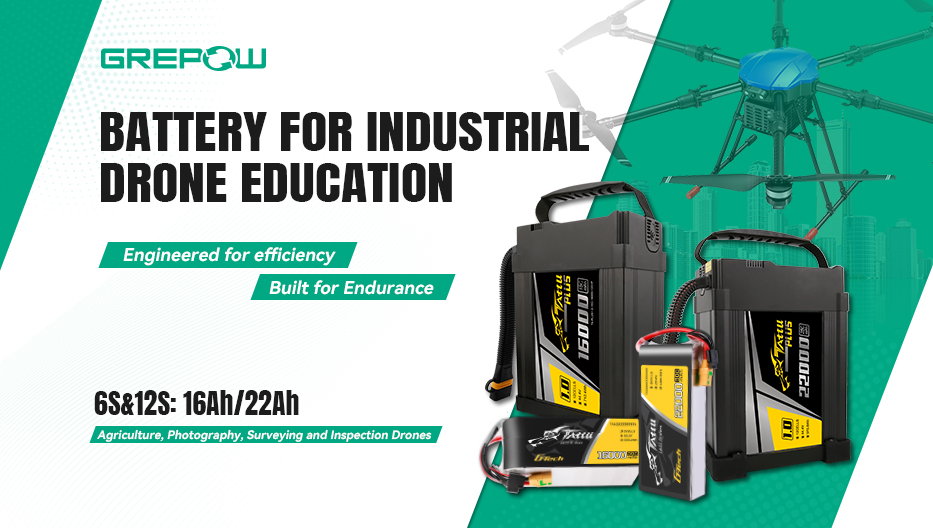
Empowering Drone Training with Grepow’s Tailored Battery Solutions
2025-04-15 -
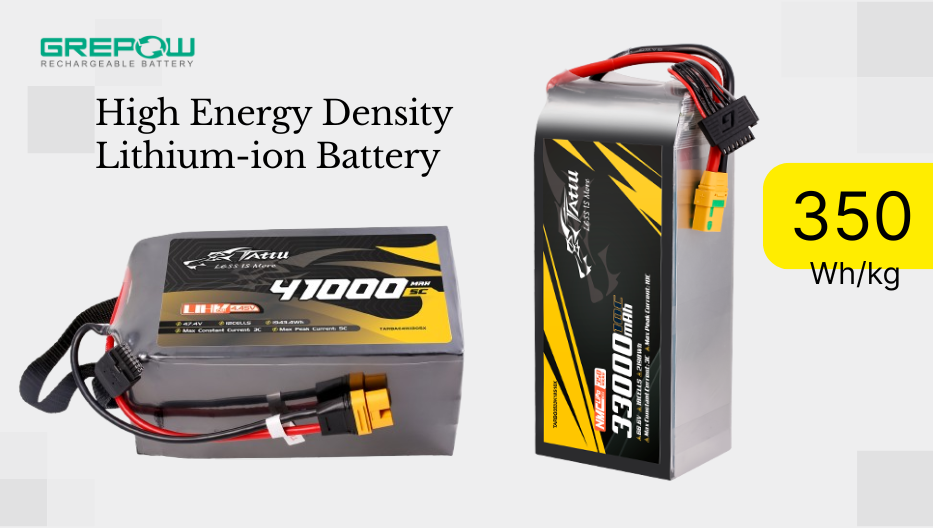
Four Specialized Lithium-Ion Battery Types Basis
2025-04-10
Related products
-
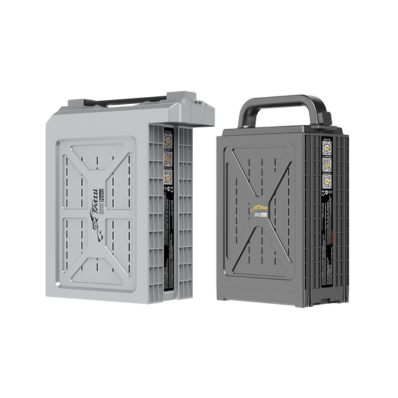
Tattu NEO Series Smart Batteries For Industrial Drones
-
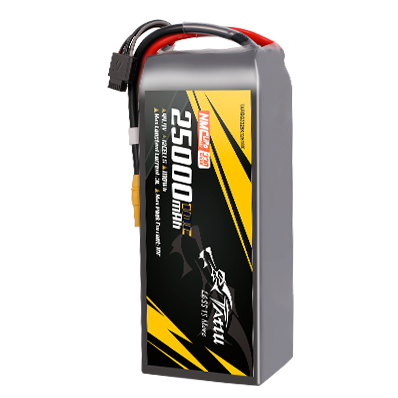
330Wh/kg Series Semi-Solid State High Energy Density Battery Pack
-

350Wh/kg Series Semi-Solid State High Energy Density Battery Pack


